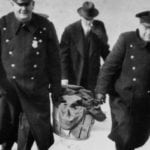 Mysteries
Mysteries  Mysteries
Mysteries  History
History 10 Surprising Stories About the Texas Rangers
 Humans
Humans 10 Philosophers Who Were Driven Mad by Their Own Theories
 Miscellaneous
Miscellaneous 10 Video-Game-Worthy Weapons and Armors from History
 Weird Stuff
Weird Stuff 10 Psychics Who Accurately Predicted Wartime Events
 The Arts
The Arts 10 Pieces of Art Inspired by a Broken Heart
 Health
Health 10 Science Fiction-Sounding New Medical Treatments
 History
History 10 Surprising Facts About the Father of Submarine Warfare
 Space
Space Ten Astonishing New Insights into Alien Worlds
 Weird Stuff
Weird Stuff 10 Bizarre Summer Solstice Rituals Still Practiced Today
 Mysteries
Mysteries Top 10 Haunting Facts About the Ghost Ship MV Alta
 History
History 10 Surprising Stories About the Texas Rangers
 Humans
Humans 10 Philosophers Who Were Driven Mad by Their Own Theories
Who's Behind Listverse?

Jamie Frater
Head Editor
Jamie founded Listverse due to an insatiable desire to share fascinating, obscure, and bizarre facts. He has been a guest speaker on numerous national radio and television stations and is a five time published author.
More About Us Miscellaneous
Miscellaneous 10 Video-Game-Worthy Weapons and Armors from History
 Weird Stuff
Weird Stuff 10 Psychics Who Accurately Predicted Wartime Events
 The Arts
The Arts 10 Pieces of Art Inspired by a Broken Heart
 Health
Health 10 Science Fiction-Sounding New Medical Treatments
 History
History 10 Surprising Facts About the Father of Submarine Warfare
 Space
Space Ten Astonishing New Insights into Alien Worlds
 Weird Stuff
Weird Stuff 10 Bizarre Summer Solstice Rituals Still Practiced Today
10 Heartbreaking Facts About The Warsaw Ghetto
It has been estimated that more than five million Polish citizens were mercilessly killed in Poland during World War II. Approximately three million of the victims were also Polish Jews, whose lives were unnecessarily taken away in the Holocaust. However, the number is merely an estimation, and the loss of life could be much higher.
SEE ALSO: 10 Plans Hitler Would Have Put In Motion If The Nazis Had Won
Many Jewish people were forced to live in the Warsaw ghetto, which was the largest of its kind in German-occupied Europe during the Second World War. The ghetto was established by the German authorities in 1940 and imprisoned more than 450,000 Jews, who either passed away due to squalid living conditions or were later deported to concentration camps and mass killing centers.
10 Relocation to the Ghetto

The fate of Jewish people in Poland was sealed when Ludwig Fisher, the Governor of the Warsaw District, signed the official order to create a Jewish district, known as the Warsaw ghetto, on October 2nd, 1940.
Every Jewish resident living in the city was ordered to relocate to the district by November 15th, 1940, and the ghetto was sealed on this date. Consequently, 113,000 gentile Poles were required to resettle to the Aryan district of the city, with an estimated 138,000 Jews moving to the ghetto from various districts across the Polish capital.
In less than six months, 360,000 Jewish residents of Warsaw were living in the ghetto, and another 53,000 from the western and eastern districts were resettled here. 4,000 German Jews were also transported to the ghetto at the start of 1941.[1]
9 The Living Conditions
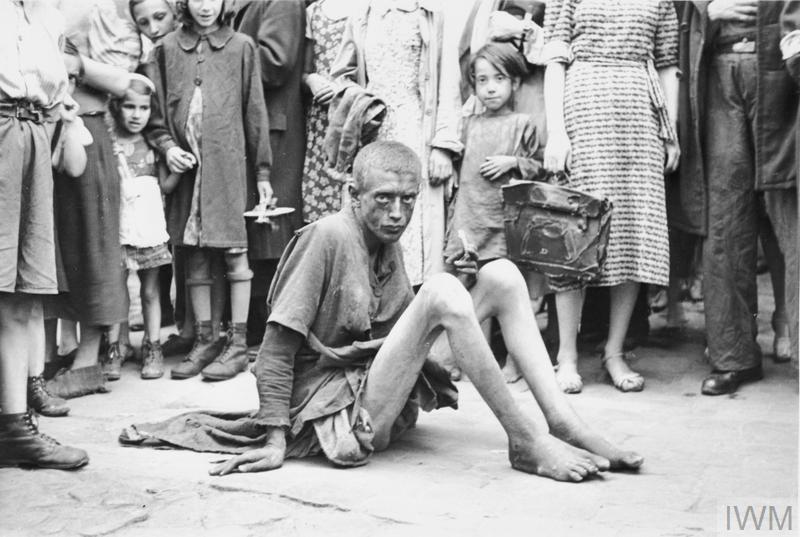
Due to the low standards of accommodation within the ghetto and the density of its population, the living conditions were rather difficult for its inhabitants. On average, 7.2 people shared a room, and residents were only allowed to bring their bedclothes and minimal personal belongings with them. Residents, therefore, endured great poverty, with only a small percentage of the population receiving regular employment. Consequently, many residents attempted to trade on the streets to secure some form of income.[2]
8 Malnutrition
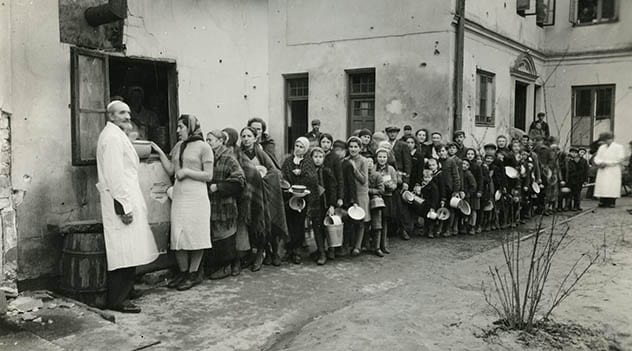
If struggling with poor living conditions wasn’t enough, the German administration chose to deliberately send limited food supplies. As a result, many of the residents were struggling with starvation from the start of the ghetto’s life. The average Jewish person living in the ghetto reportedly survived on only 800 calories per day, and many children tragically starved to death.
Children were mainly responsible for smuggling food from the Aryan side, as they could escape through holes in the wall or via underground passageways. However, as its inhabitants were struggling with malnutrition, a lack of healthcare and overpopulation, it didn’t take long for people to fall victim to typhus, which is a group of infectious diseases. Tragically, between 1940 and mid-1942, an estimated 83,000 Jews passed away from starvation and disease.[3]
7 The Ghetto Wall
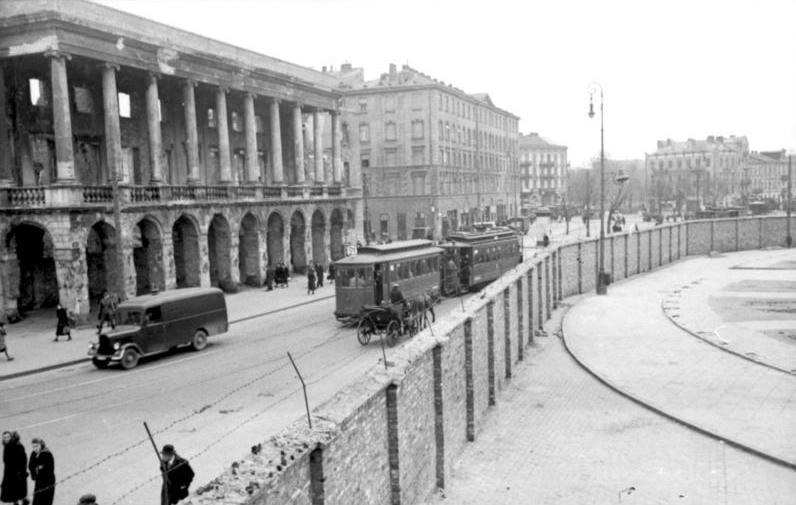
As residents were required to live on 180 grams of bread, 1kg jam, ½ kg of honey and 220 grams of sugar per month, smuggling was the only option for survival in the ghetto. To prevent Jewish residents from smuggling food, the German authorities erected a wall across all sides of the ghetto. They also installed fixed wire and placed broken glass onto the top of the wall to prevent people from breaking out. However, many Jews were undeterred, which led to the authorities building the wall much higher. If a person was found to be smuggling, they were shot at the central lockup located on Gesiowka Street.[4]
6 Morning Funeral Carts
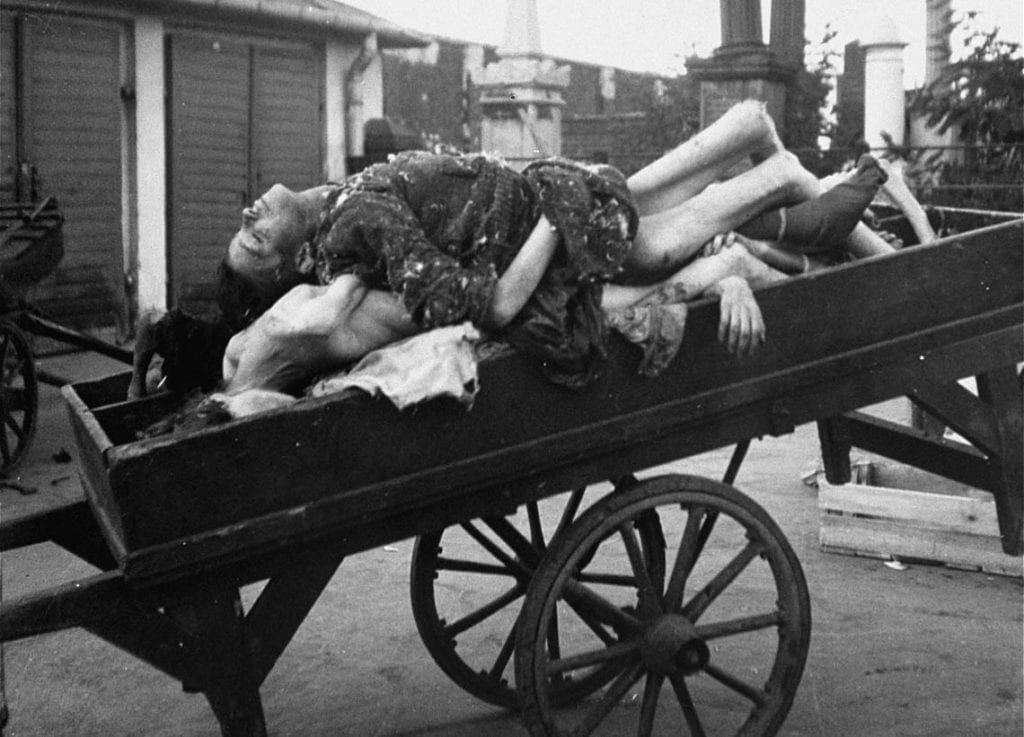
When a resident from the Warsaw Ghetto passed away, their families would reportedly place their loved one’s body in the street, as it would be picked up by a morning funeral cart that made its rounds every day. As the families were struggling with next to no employment and malnutrition, they had no other option but to strip the clothing off their deceased relative’s body, so they could sell their items and survive ghetto life.[5]
5 Deportation to Treblinka
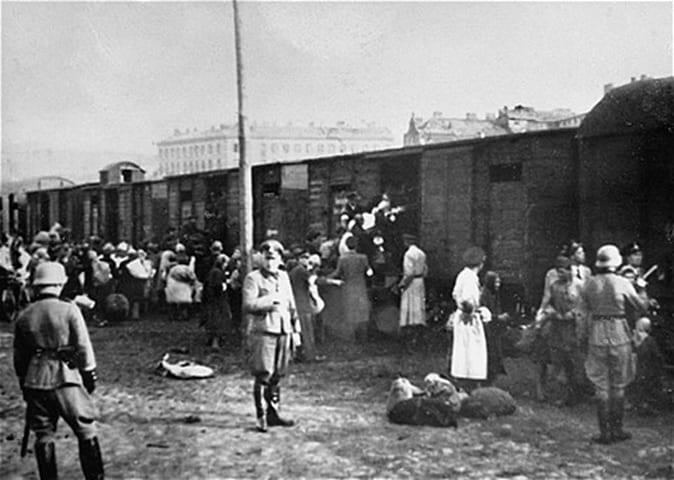
In July 1942, Heinrich Himmler, the Reichsfuhrer of the Schutzstaffel (SS), ordered for Jewish people living in the ghetto to be resettled to extermination camps. The residents were, however, told they would be transported to a work camp, but it didn’t take long for them to learn that the deportation would lead to their death.
Two months after Himmler gave the order, 265,000 Jewish people were deported from the Warsaw ghetto to Treblinka, an extermination camp. Another 20,000 residents were also either transported to a forced labor camp or were murdered during deportation.[6]
4 Jewish Combat Organization (ZOB)
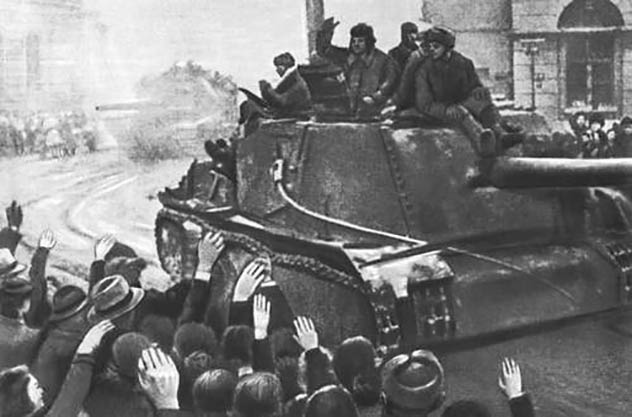
Following the deportation process, approximately 55,000 to 60,000 Jewish people continued to live in the Warsaw ghetto. The small group of people left behind chose to form various underground self-defense units. For example, they started the Jewish Combat Organization, also known as ZOB, who smuggled a small supply of weapons from anti-Nazi Polish people.
When the Nazis stepped inside the ghetto on January 18, 1943, to prepare another group of residents for transfer, they were ambushed by the ZOB unit. The fighting between the Nazis and ZOB lasted for many days until the Germans withdrew. Consequently, deportations from the ghetto were suspended for a few months.[7]
3 Warsaw Ghetto Uprising
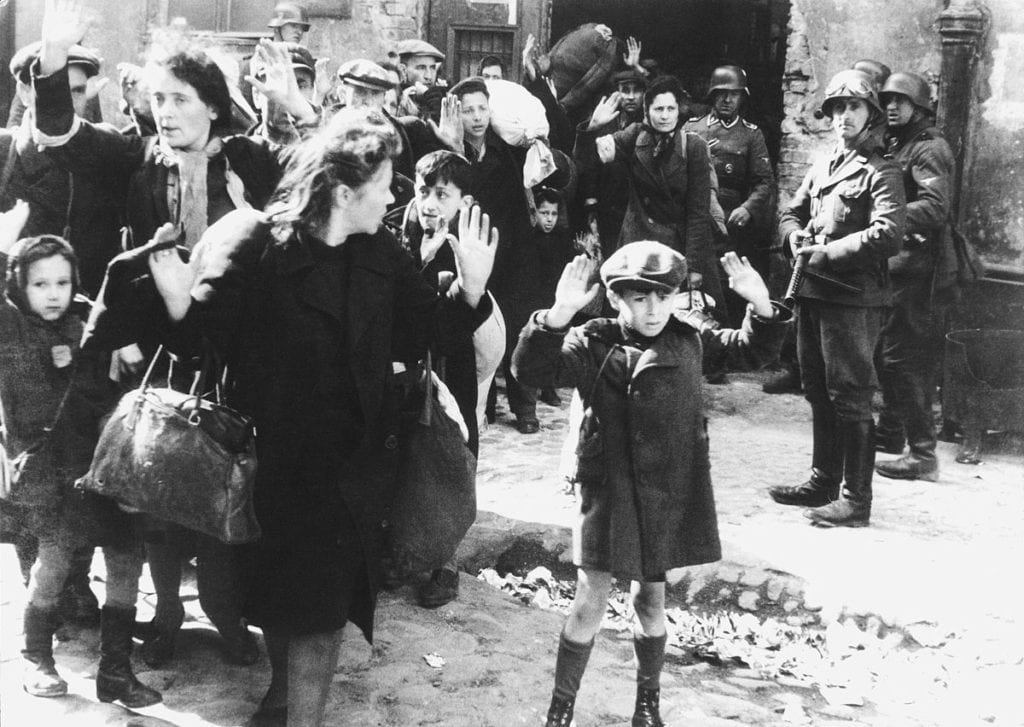
Himmler made the decision to send SS forces and other collaborators into the district on April 19, 1943, with the aim of liquidating the ghetto using tanks and heavy artillery. Despite being outnumbered by weapons and manpower, hundreds of resistance fighters, who had a small number of weapons, fought back against the Germans for almost a month.
The Germans, however, destroyed every bunker in the ghetto block by block, which led to either the capture or killing of thousands of residents. The Nazis had taken full control of the Warsaw ghetto once again by May 16th, and chose to blow up Warsaw’s Great Synagogue as a symbolic act. It is believed an estimated 7,000 Jewish people lost their lives during the Warsaw ghetto uprising. The remaining residents were then transported to either labor or extermination camps.[8]
2 Irena Sendlerowa
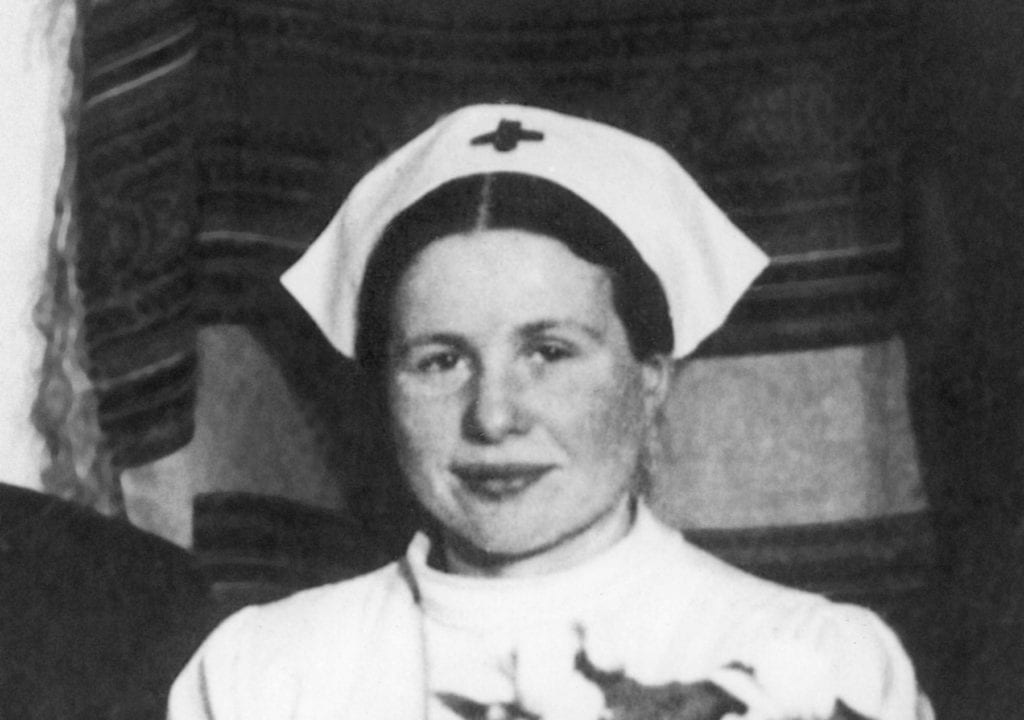
Irena Sendlerowa, a Polish social worker, was responsible for saving the lives of more than 2,500 Jewish babies and children from Nazi extermination camps. She was a member of Zegota, which was a secret organization created by the Polish government, which was in exile in London. She arranged for a group of social workers to smuggle the babies and children from the Warsaw ghetto to safety between 1942 to 1943. She then changed their identities and placed them with families across Poland.
As Irena worked in the Warsaw health department, she was authorized to enter the ghetto, and she and her team would help the children to escape by hiding them in ambulances, transporting them through underground passageways, walking them through sewer pipes or would wheel them out on a trolley in a box or suitcase.
Conscious to reunite children with their parents once the war was over, she noted the names of every child on cigarette papers, which she wrote down twice for security. She then sealed the notes in a glass bottle and buried it in a colleague’s garden. The bottles were dug up once WWII had come to an end to reunite children with their parents, but many of them had sadly lost their lives in concentration camps. Irena was deservedly nominated for the Nobel Peace Prize in 2007 and 2008, after gaining much support from prominent figures at the International Federation of Social Workers.[9]
1 Preservation of the Warsaw Ghetto
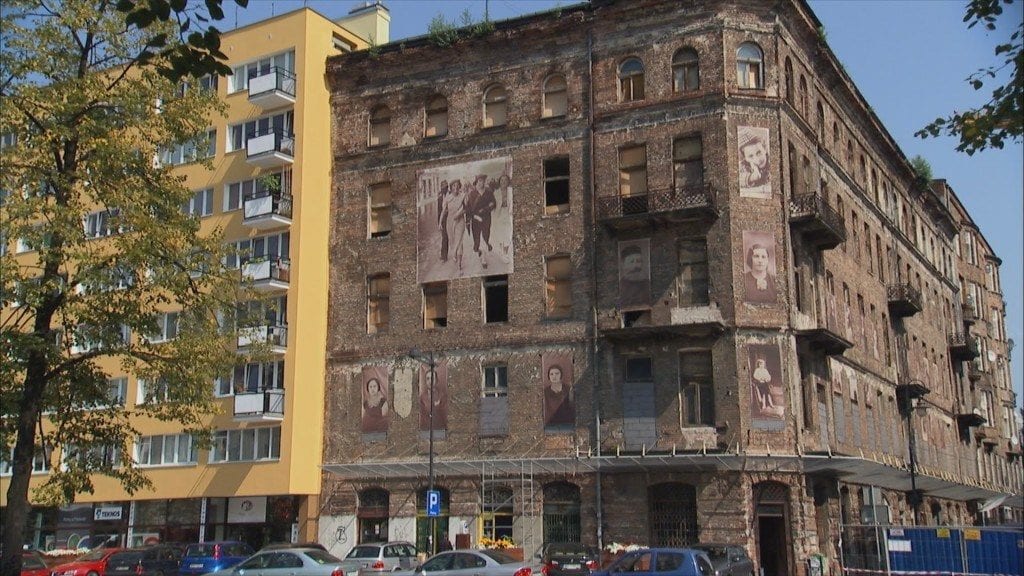
In honor of the hundreds of thousands of people who lived in the Warsaw ghetto, a boundary marker was built along the border of the former Jewish district in 2008 and 2010. It was installed from the gates of the ghetto, along the wooden footbridges across the Aryan streets, and the buildings that housed its residents.
Four notable residential buildings still stand to this day, which can be found on 7, 9, 12 and 14 Prózna Street, which have remained mostly empty since the end of WWII. The street is also a prominent location for the annual Warsaw Jewish Festival. There are also preserved fragments from the ghetto wall, which are situated on 62 Zlota Street, 55 Sienna Street, and 11 Waliców Street.[10]
For more lists like this, see 10 Harrowing Facts About Krakow’s Ghetto, and Top 10 Nazi Collaborators Who Were Jews.
About The Author: Elisabeth Sedgwick is an English freelance writer. You can view her growing portfolio at clippings.me/elisabethsedgwick




